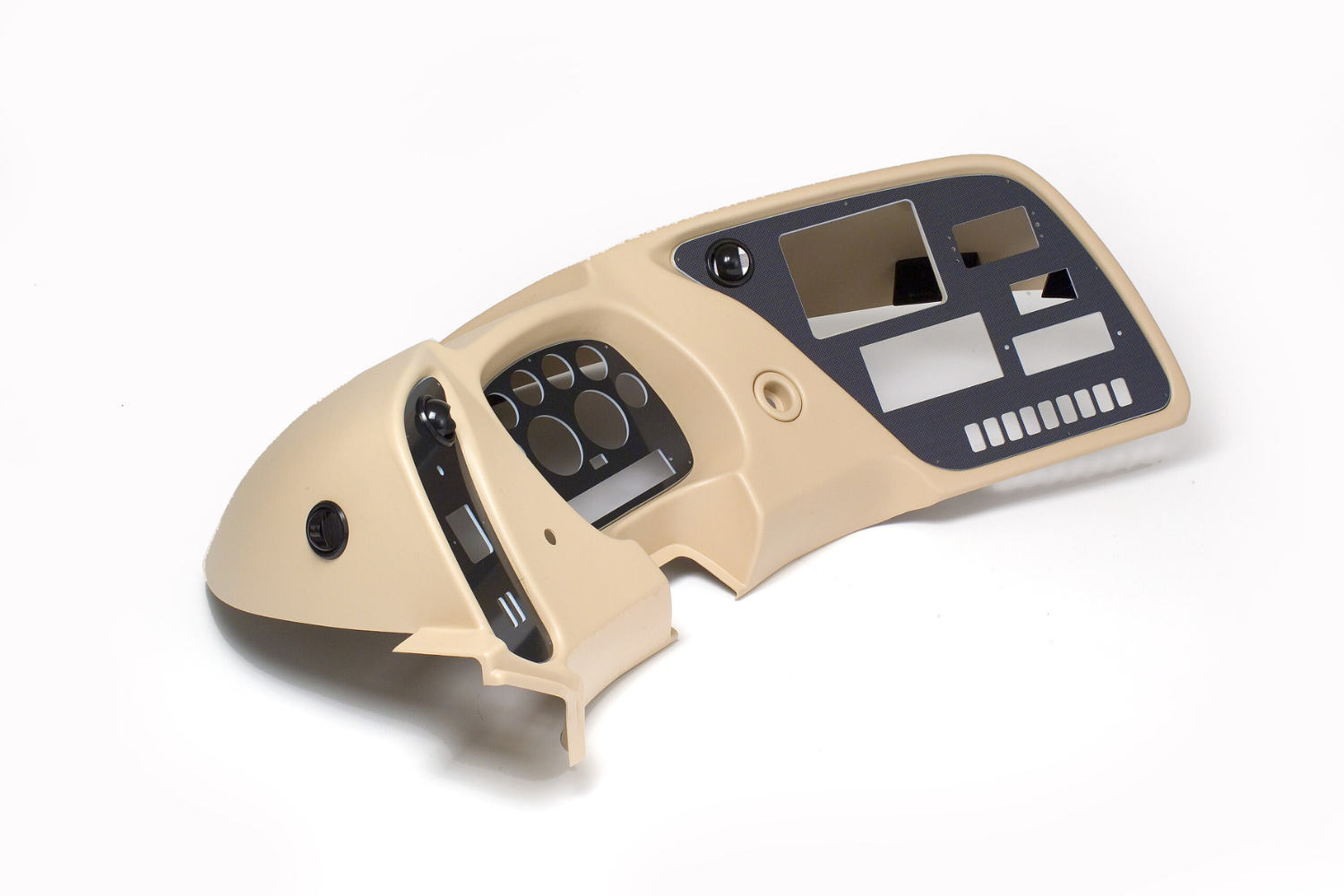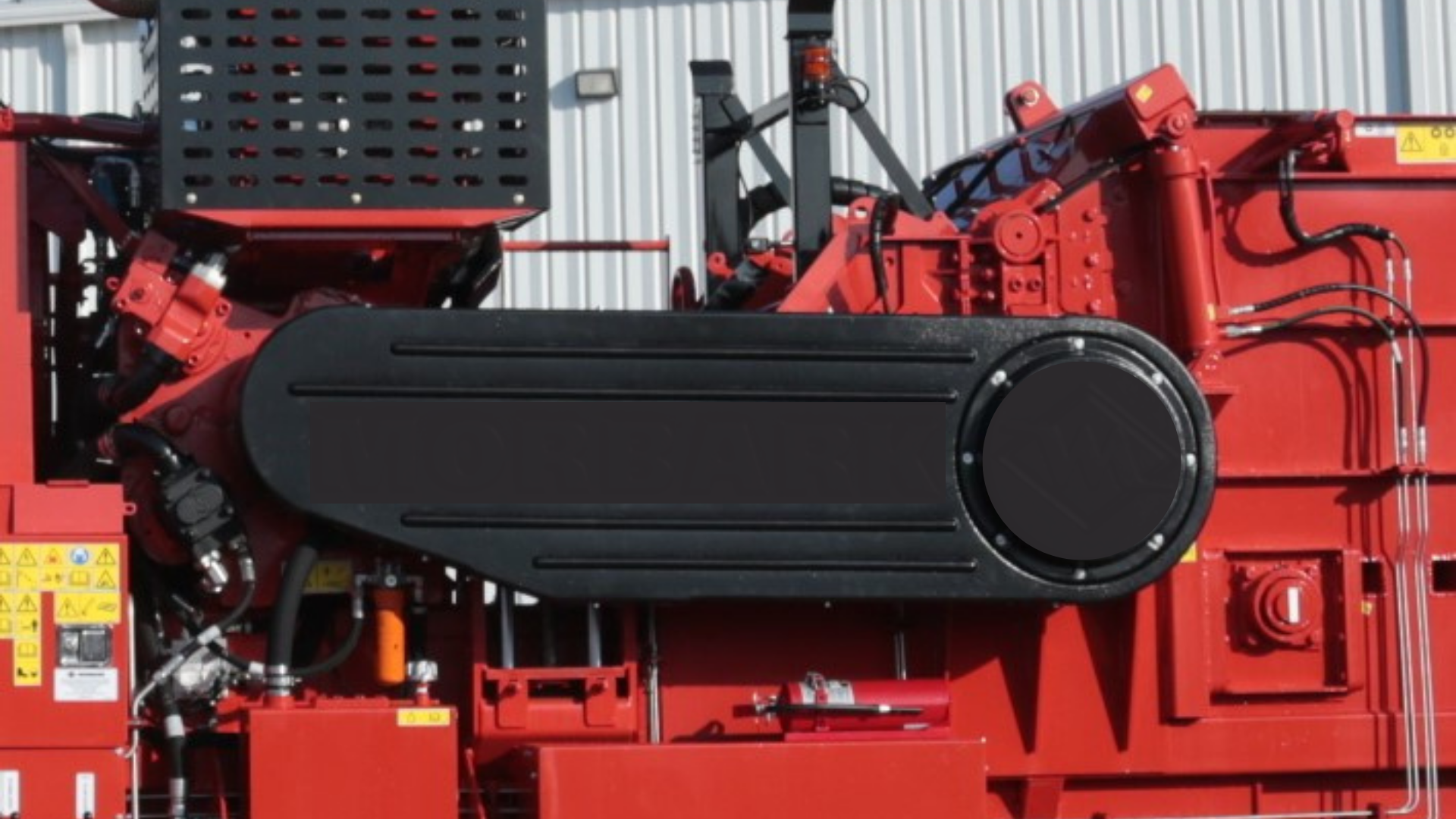The Hidden Costs Nobody Mentions: Sheet Metal vs. Thermoforming
What's Really Included in That Sheet Metal Quote?
That initial quote you're looking at? It's just the tip of the iceberg. You'll need to factor in deburring, surface preparation, primer, paint, and assembly costs. Every single weld requires inspection, and each painted surface brings environmental compliance headaches you might not have considered.
Here's where thermoformed parts shine—they come with color and finish already built in. No painting means you can forget about VOC permits, paint booth maintenance, and managing an entire touch-up department. The part that rolls off the mold is ready to ship to your customer.
How Much Does Weight Impact Your Total Project Cost?
Think shipping a 700-pound metal assembly costs the same as a 35-pound plastic one? Think again. But weight affects far more than just freight costs—you're looking at increased crane time during installation, higher worker injury risk, more equipment wear, and potentially beefing up your building's structural requirements.
One specialty vehicle manufacturer discovered something interesting when they switched to thermoformed panels. Not only did they cut weight by 15%, but the panels provided better thermal insulation. Their operators could actually shut off climate control and stay comfortable longer, saving fuel and reducing maintenance.
What About Noise—Both in Your Factory and in the Field?
Walk into any metal fabrication shop and you'll immediately notice the noise. Cutting, grinding, and forming operations demand hearing protection and contribute to worker fatigue throughout the day. Once installed, those metal parts keep making noise—they resonate and transmit vibration.
Thermoforming operations run much quieter, and the finished parts naturally dampen sound. One upfitter measured a 3dB reduction in cab noise simply by switching from metal to thermoformed panels. That might not sound like much, but it's noticeable to anyone spending hours in that environment.
How Do Material Price Swings Affect Your Project Budgets?
Steel and aluminum prices dance to global market rhythms. That quote from three months ago? It could easily be 20% higher today. Long-term contracts become expensive guessing games when you're dealing with volatile metal markets.
Plastic resin prices stay relatively stable, giving you something many manufacturers crave—predictability. You can budget a project today and have real confidence in your material costs six months down the road.
What's the Real Environmental Cost?
Metal fabrication brings a parade of environmental challenges: cutting fluids, welding gases, grinding dust, and paint emissions. Each one requires proper handling, disposal, and regulatory compliance—not to mention the paperwork and potential liability.
Thermoforming generates trim scrap that goes right back into the process as regrind. No hazardous waste to manage, no special disposal requirements. When materials reach end-of-life, they can be recycled into other products instead of heading to a landfill.
Which Process Scales Better When Volumes Change?
Both processes handle medium volumes well, but what happens when success strikes and you need to ramp up quickly? Metal fabrication can add shifts and capacity relatively easily, but complex parts still require skilled welders and fabricators—a workforce that's becoming increasingly hard to find.
Thermoforming scales through automation rather than specialized labor. Once your mold is proven and running smoothly, increasing capacity means adding machine time, not hunting for skilled workers. The same tool that made your prototypes will make your production parts, giving you a clear path from concept to high-volume manufacturing.



